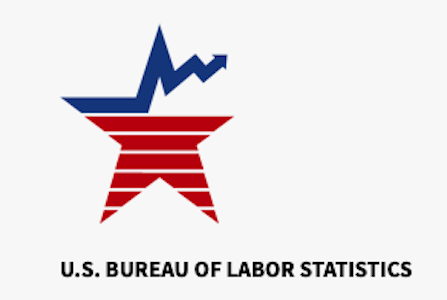In 2019, the percentage of wage and salary workers who were members of unions—the union membership rate—was 10.3%, down by 0.2 percentage points from 2018, the U.S. Bureau of Labor Statistics reported today. The number of wage and salary workers belonging to unions, at 14.6 million in 2019, was little changed from 2018. But the AFL-CIO reports that’s not the whole story.
That’s because the numbers belie the activism, success in community-backed strikes, the record numbers of unionists elected to public office—from governors on down to school boards and city councils—and legislative successes, too, the federation contended.
And the AFL-CIO forecasts another win, when the U.S. House plans to consider and vote on H.R. 2474, the Protect the Right to Organize (PRO) Act, the most comprehensive and pro-worker labor law reform legislation in decades. The vote will occur before the congressional Presidents Day recess in mid-February.
The agency also calculated that one-third (33.6%) of public sector workers—teachers, firefighters, EMTs, state government workers and so on—are unionists, compared with 6.2% in the private sector. Still, the number of private sector unionists outnumbered public sector unionists by some 400,000.
As usual, more than half of U.S. union members are in just seven states: California, with 2.504 million, up 99,000 from 2018 and 15.2% of its 2019 workforce; New York (1.732 million, down 140,000 and 21% of all 2019 workers); Illinois (771,000, down 15,000 and 13.6% of 2019 workers); Pennsylvania (676,000, down 25,000 and 12% of 2019 workers); New Jersey (642,000, up 3,000 and 15.7% of its 2019 workers); Washington (638,000, down 11,000 and 18.8% of 2019 workers); and Ohio (610,000, down 29,000 and 11.9% of last year’s workers).
Washington finished third in union density nationwide, behind New York and Hawaii (23.5%), BLS said. South Carolina, home to a virulently anti-union anti-worker GOP state regime—though the AFL-CIO did not say so—finished last (2.2%).
Besides California and New Jersey, unions added members in 13 other states, though most of those gains were small. Notable exceptions were Florida (+67,000 members, to 551,000) and Missouri (+46,000, to 297,000). The Missouri gain partially reversed recent declines in union density there. It’s now 11.1%. It was 9.4% the year before.
The AFL-CIO downplayed the numbers and focused on the activism. It cited successful teacher strikes, where administrators forced teachers to walk out for better working conditions, more help for their students and higher pay for themselves and paraprofessionals. Also included: the successful GM strike of 50,000 UAW members and the successful strike for better pay, health care and working conditions of 31,000 Food and Commercial Workers against Stop ‘n Shop supermarkets in New England.
“And unions used our collective political power to expand organizing rights in 2019,” the federation declared. After electing more than 900 unionists to public office in 2018 alone, and taking back legislatures around the United States, labor won collective bargaining rights for public workers in Nevada, farm workers in New York and even for loggers in Maine. Logging is among the least-unionized industries, BLS said.
”And in California, AB5 is a landmark law to prevent the misclassification of employees as independent contractors that will protect the rights and improve the working conditions of more than 1 million workers,” the AFL-CIO said. That, too, was a political win: The California Labor Federation helped elect a pro-worker supermajority in the legislature, plus Gov. Gavin Newsom (D), who signed the law.

